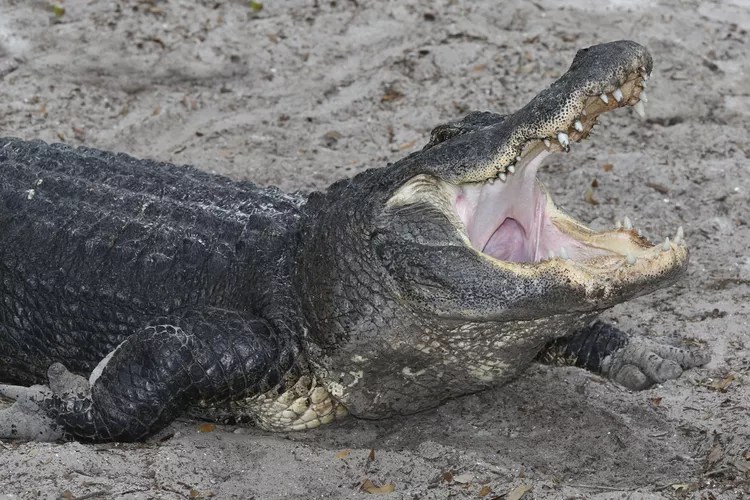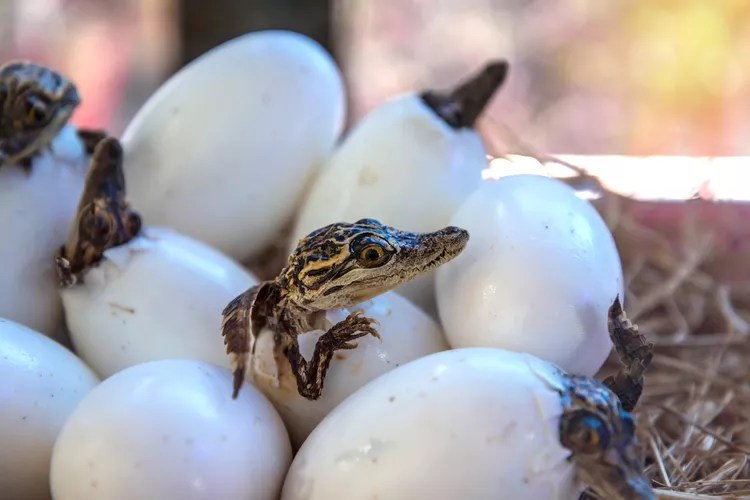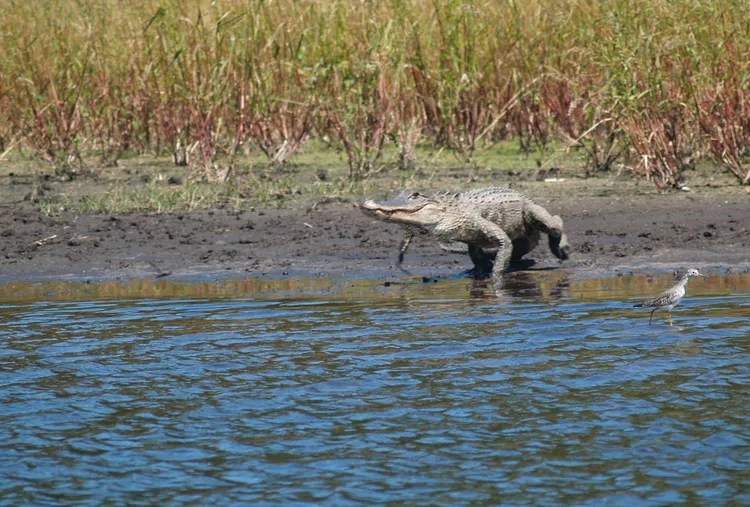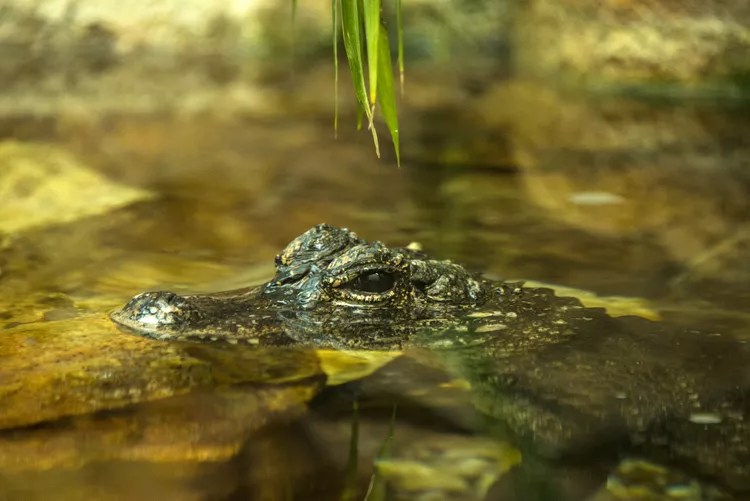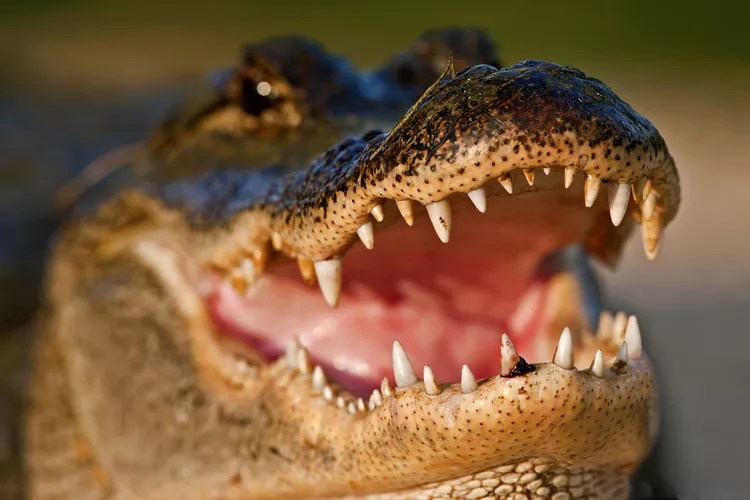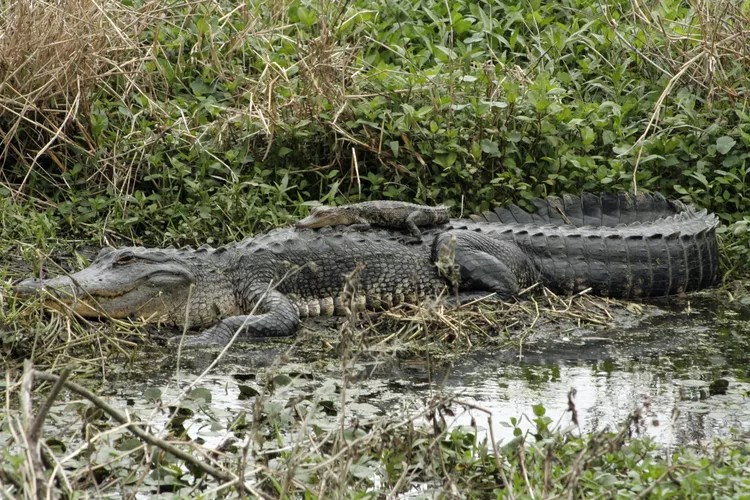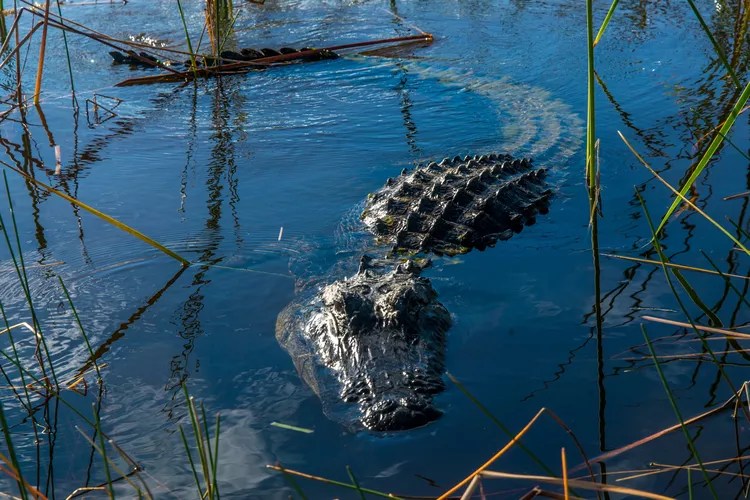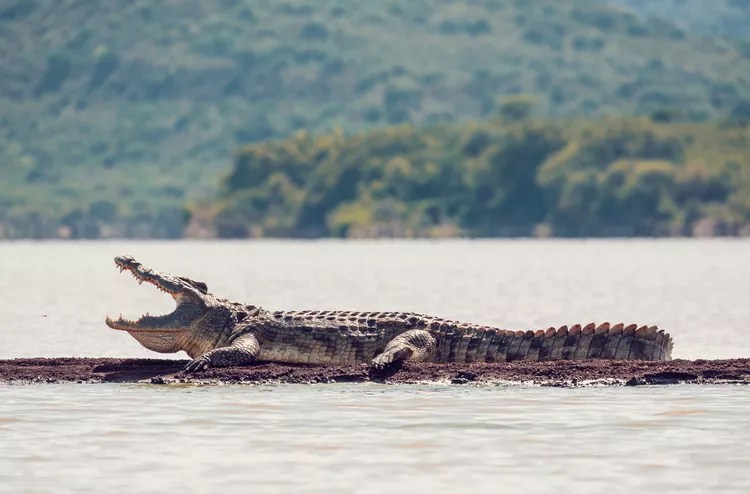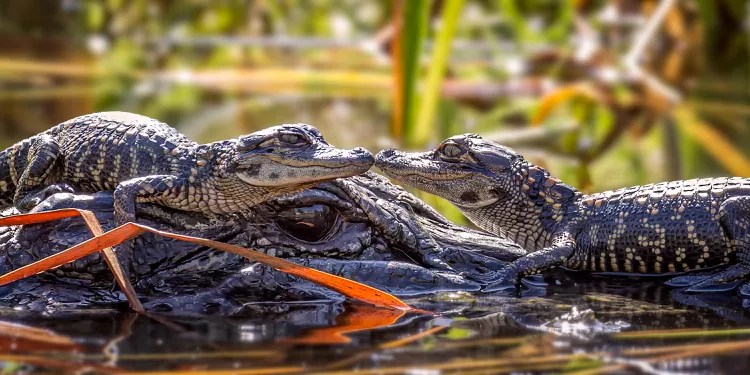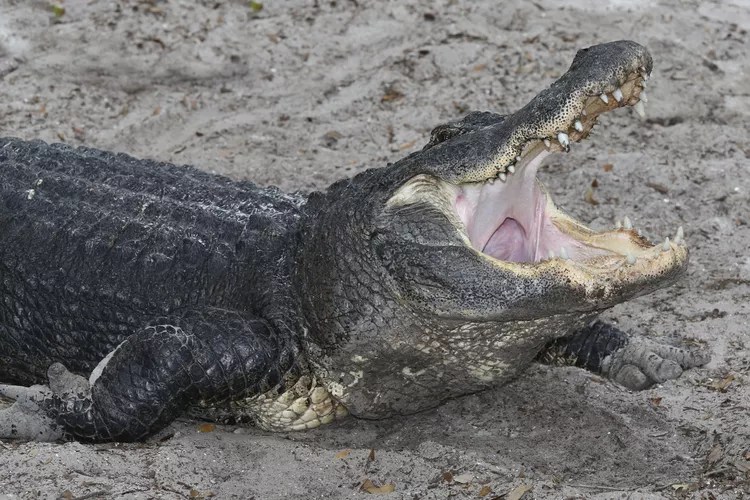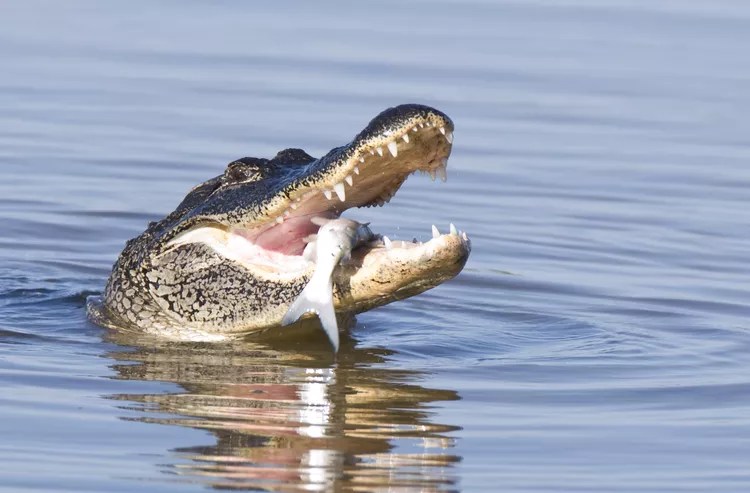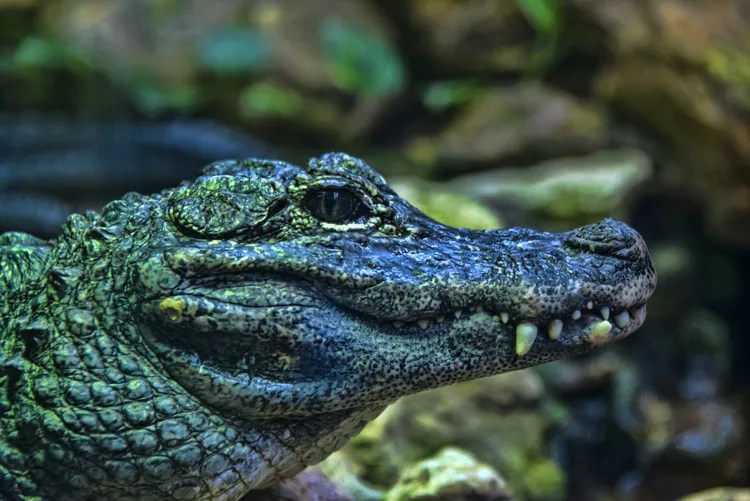


The promise and peril of AI
A “Harvard Thinking” Podcast
Defining terms
Large language models (LLMs) are machine learning models that use deep learning to perform natural language processing (NLP) tasks. They are trained on large amounts of text data and can generate, translate, and summarize content.
Generative AI, or generative artificial intelligence, is a type of AI that creates new content, like images, text, videos, and music. It uses existing data to learn and generate new data.
A subset of AI that allows machines to learn from data and make decisions without being explicitly programmed
An AI method that teaches computers to process data in a way similar to the human brain
A sequence of rules that an AI machine follows to perform a task or solve a problem
